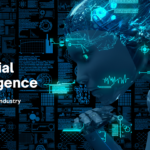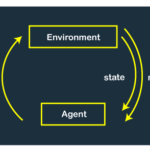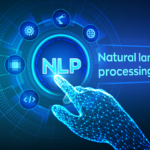Nine British Banks Join Forces to Combat Scams with New AI Tool
Mastercard Inc. has introduced a new artificial intelligence (AI)-powered tool designed to help banks identify and prevent customers from transferring funds to fraudsters. Nine major UK banks, including Lloyds Banking Group, Natwest Group, and Bank of Scotland, have already signed up to use the Consumer Fraud Risk system, according to Mastercard. The tool, trained on years of transaction data, utilizes predictive algorithms to identify attempts to transfer funds to accounts associated with “authorized push payment scams.” This type of fraud involves deceiving victims into transferring money to accounts posing as legitimate payees, such as family members or businesses.
The launch of this tool coincides with upcoming regulations from the Payment Systems Regulator in the UK that will require banks to compensate customers affected by authorized push payment scams starting in 2024. Historically, banks have not been liable for this type of fraud, although some have voluntarily agreed to reimburse victims. Ajay Bhalla, President of Cyber and Intelligence at Mastercard, highlighted the difficulty in detecting authorized push payment scams, as the victims’ accounts are not compromised, and the transfers are made voluntarily, passing traditional security checks.
In 2022, victims of authorized push payment scams in the UK lost £484.2 million ($616 million), as reported by UK Finance. ACI Worldwide and GlobalData estimate that global losses to authorized push payment fraud in the UK, US, and UK will reach $5.25 billion by 2026. TSB Banking Group, the first bank to implement the Consumer Fraud Risk system, has already witnessed a 20% increase in detecting this type of fraud, potentially leading to substantial savings of around £100 million per year across the industry if the tool is adopted widely.
The Consumer Fraud Risk system assigns a risk score to each attempted bank transfer within half a second, allowing banks to assess the transaction’s risk and block it if necessary. TSB’s Head of Fraud, Paul Davis, praised the tool’s effectiveness in detecting purchase scams and reducing false positives. Mastercard’s ability to provide the risk score stems from its management of real-time electronic fund transfers through its subsidiary Vocalink. Over the past five years, Mastercard has collaborated with UK banks to track fraudsters’ money movement through a network of accounts, enabling the identification of behavioral patterns associated with scams and training the Consumer Fraud Risk system.
Mastercard plans to expand the tool globally, charging banks based on transaction volume. The company is currently in discussions with potential clients in markets such as the US, India, and Australia, where real-time payment systems and significant authorized push payment fraud exist.
Top of Form


































